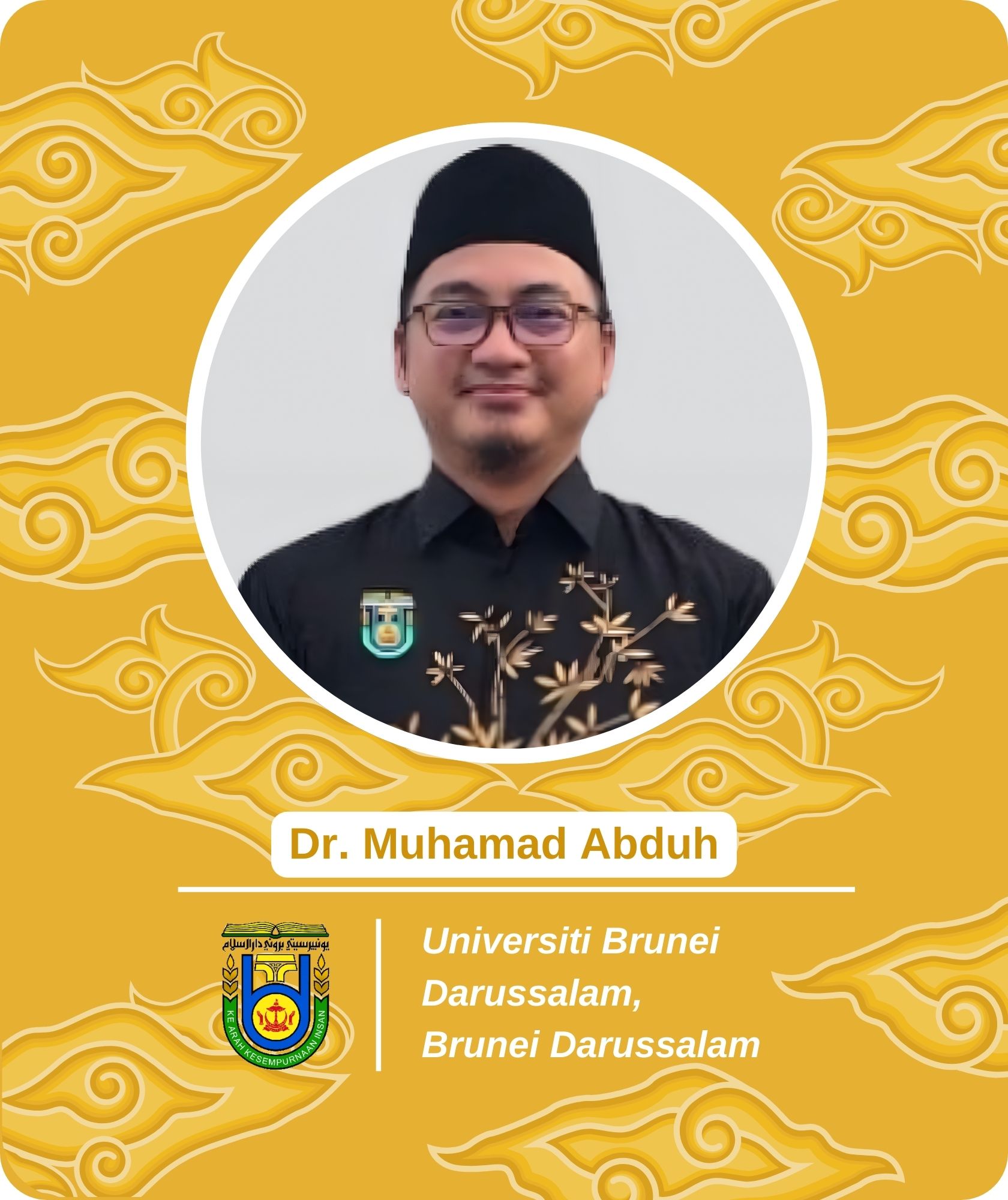In-silico and In-vitro Studies of Hemodynamic Flow Characteristics in an Arterial Vessels
This title will be presented on Thursday, December 14, 2023 at 11.00-11.15 GMT+7
Keywords:
stenting, haemodynamic, patency of ductus arteriosus (PDA)Abstract
This title will be presented on Thursday, December 14, 2023 at 11.00-11.15 GMT+7
The patency of ductus arteriosus (DA) in neonates diagnosed with cyanotic congenital heart disease (CCHD) is crucial for survival. Stenting the DA as an initial palliative measure has gained attention. However, the lack of specialized stents for patent ductus arteriosus (PDA) and complications such as in-stent restenosis and thrombosis necessitate innovation in stent design. This study developed eight types of commercial stents with varying void areas and thicknesses, focusing on open and closed cell strut configurations. A detailed computational fluid dynamics (CFD) approach was employed, encompassing pre-processing, processing, and post-processing steps, to predict hemodynamic stent performance. Key hemodynamic variables analyzed include time-averaged wall shear stress (TAWSS), oscillating shear index (OSI), and relative residence time (RRT). Numerical analysis outcomes were validated through in-vitro experiments conducted in Japan. Statistical data distributions indicated Type IV stent had the lowest area of low wall shear stress, suggesting a reduced risk of restenosis. Customized stents exhibited superior performance in terms of low wall shear stress and strength under hemodynamic forces, with a relative error in flow simulation under 1% compared to in-vitro results. The study presents a novel stent strut configuration that mitigates post-stenting complications, validated by computational and experimental methodologies. The insights from this research are pivotal for the development of PDA-specific stents, potentially improving the clinical outcomes for neonates with CCHD.




















